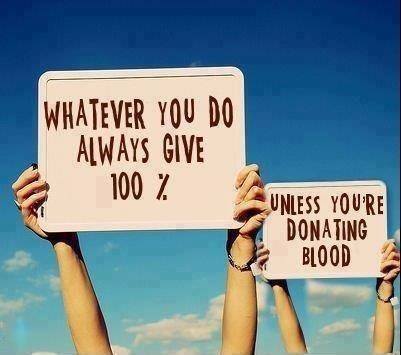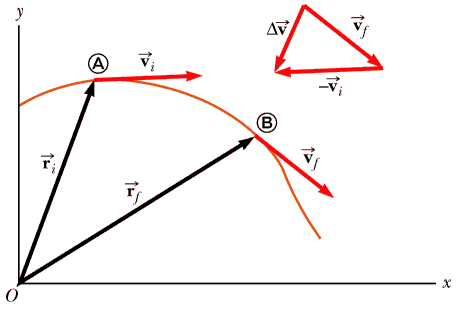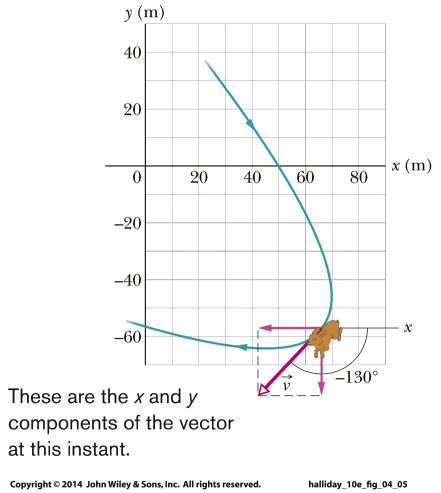Summary
- Kinematic equations
- Free falling objects
- Vectors
Knight2 stt 2.5
The ball shown below is launched in the positive direction at t = 0, rolls up the ramp, and then rolls back down. Which graph correctly depicts the acceleration of the ball from start to finish?
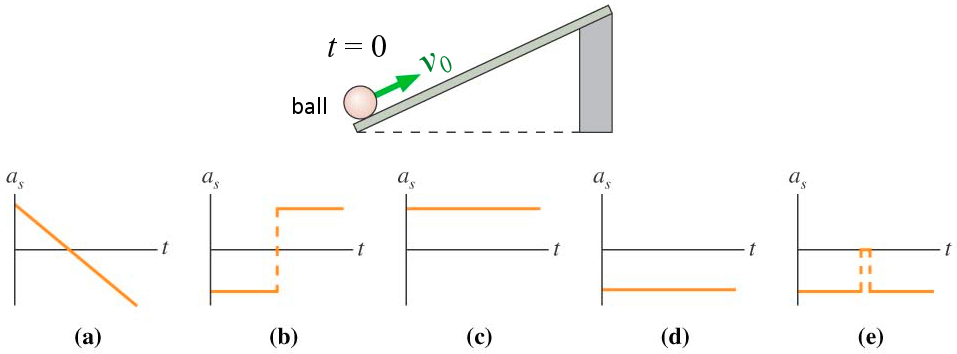
Answer
PoP5 3.1a
What is Δr after driving 20.0 m/s south for 3.00 min,
25.0 m/s west for 2.00 min, and 30.0 m/s northwest for 1.00 min?
A. 2.90 km at 233°
B. 4.86 km at 209°
C. 3.33 km at 305°
D. 3.00 km at 53°
Answer
PoP5 3.1c
What is vavg after driving 20.0 m/s south for 3.00 min,
25.0 m/s west for 2.00 min, and 30.0 m/s northwest for 1.00 min?
A. 8.06 m/s at 209°
B. 2.25 m/s at 209°
C. 13.5 m/s at 209°
D. 812 m/s at 209°
Answer
sb5 4.6
The position of a particle is given by r = (3.00 î − 6.00t2 ĵ) m.
What is its velocity at t = 1.00 s?
A. 3.00i m/s
B. −6.00j m/s
C. −9.00j m/s
D. −12.0j m/s
Answer
sb5 4.6 mod
The position of a particle is given by r = (3.00 î − 6.00t2 ĵ) m.
What is its acceleration at t = 1.00 s?
A. 3.00i m/s²
B. −6.00j m/s²
C. −9.00j m/s²
D. −12.0j m/s²
Answer
answer

The acceleration is a component of the downward acceleration of gravity, and it always points down the ramp, in the negative direction, and has a constant value. This acceleration slows the ball down as it rolls up the ramp, and speeds the ball up as it rolls down the ramp. The motion is analagous to a free falling ball that is thrown straight upward, comes briefly to rest, and then falls straight downward.
answer
B. 4.86 km at 209°
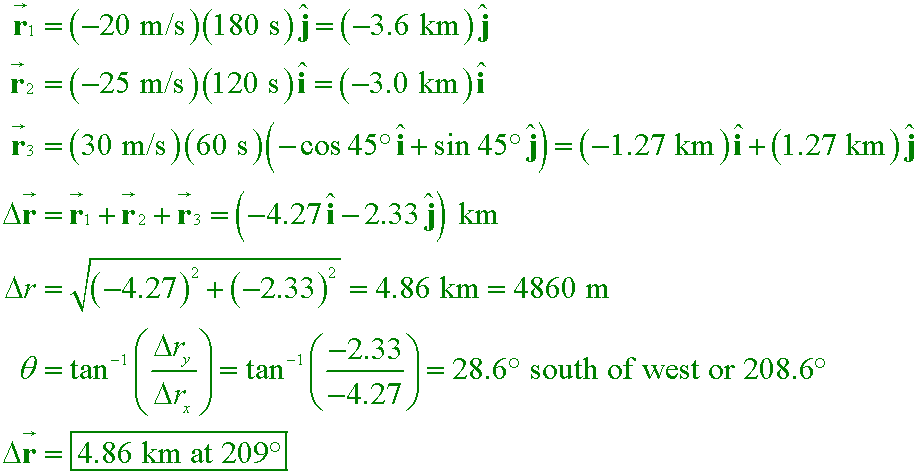
answer
C. 13.5 m/s at 209°

answer
D. −12.0j m/s

answer
D. −12.0j m/s²

